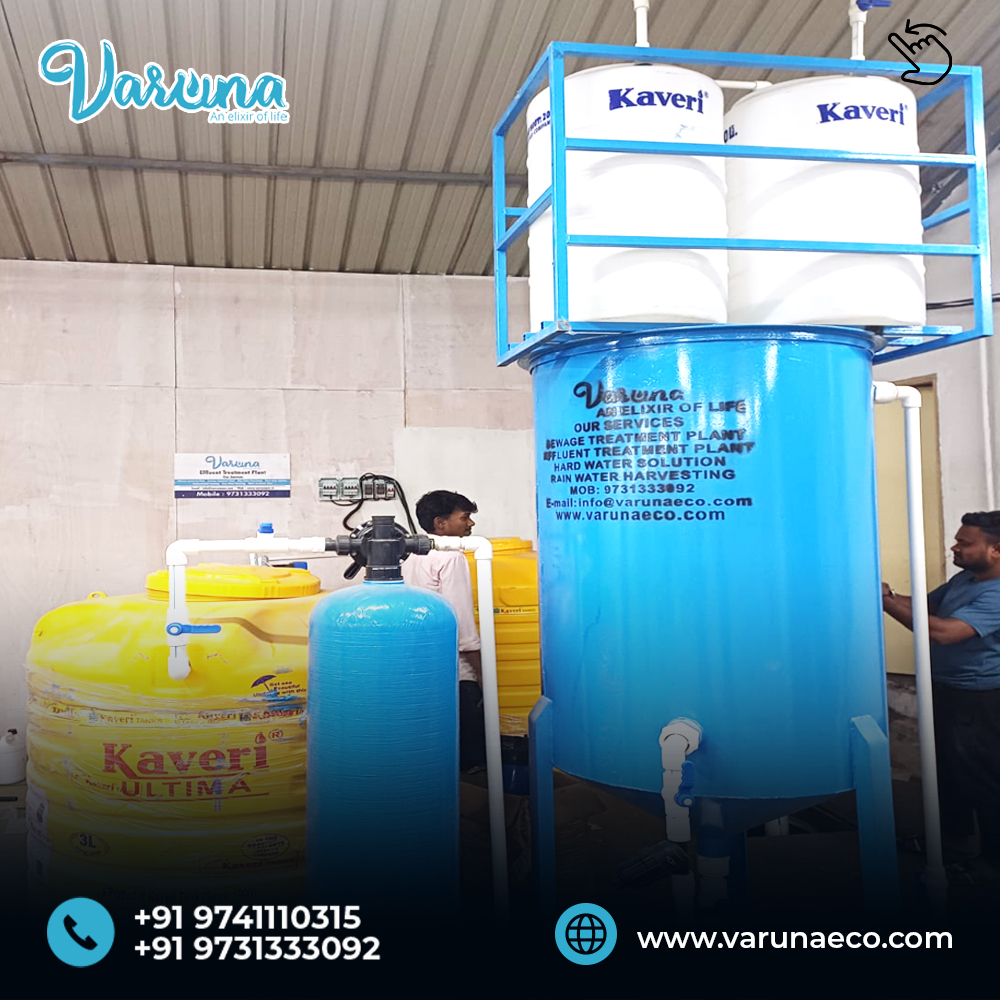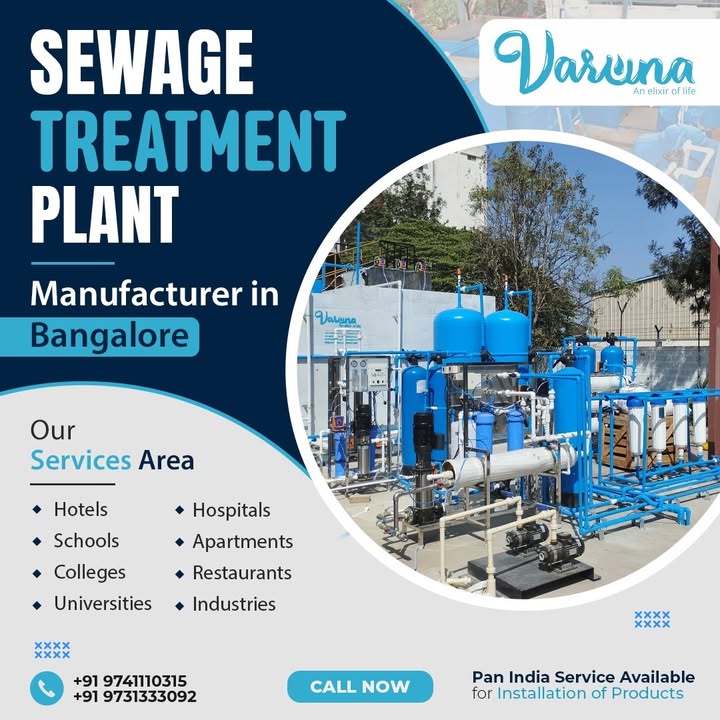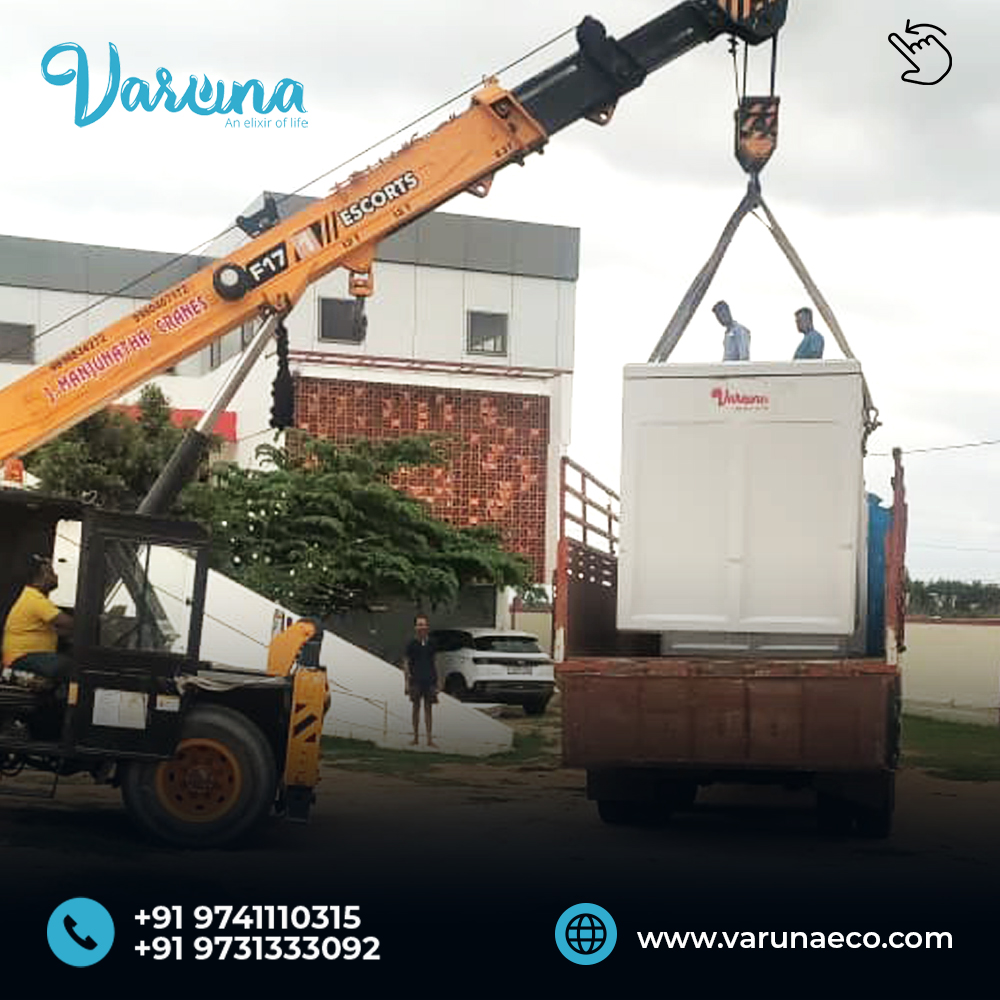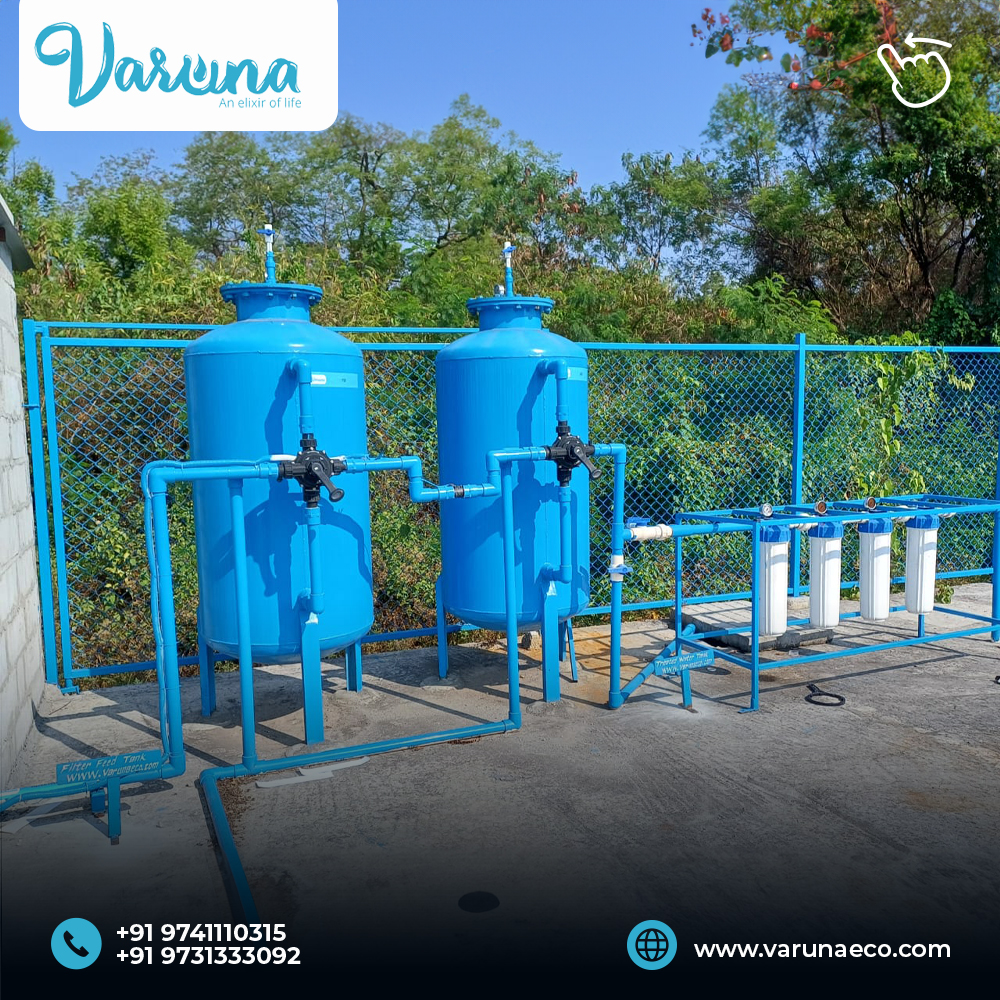
Energy Efficient STPs for Hospitals | Reduce Costs with Varuna
Discover how Varuna’s smart energy-saving sewage treatment systems help hospitals reduce operational costs and improve sustainability.
Introduction
Treatment of hospital wastewater is not just an environmental and public health requirement but also a significant operational load. One of the most pressing problems related to conventional hospital sewage treatment plants (STPs) is high operating cost and energy expenditure. Such systems, as vital as they are, tend to be based on energy-driven processes that have led to escalating operating costs and a high carbon footprint.
With continued growth in healthcare infrastructure, hospitals require more efficient, cost-effective wastewater management solutions. This piece delves into why conventional STPs are costly to run and how Varuna's energy-saving wastewater treatment technology lowers costs without compromising regulatory standards and performance.
Getting Familiar with the Energy Burden of Conventional Hospital STPs
Traditional sewage treatment within hospitals is carried out through multi-stage processes involving initial treatment, primary sedimentation, biological treatment (aeration), and disinfection. Amongst these, the aeration stage alone accounts for as much as 60% of total energy consumption.
Furthermore, hospitals need to have round-the-clock operation with stringent discharge norms specified by organizations such as the Central Pollution Control Board (CPCB), with constant energy consumption throughout the day. Outdated technologies, absence of automation, and oversized systems also contribute to the issue.
Typical Energy Drains in Hospital STPs:
-
Round-the-clock operation of aeration blowers
-
Inefficient motors and pumps
-
Manual control in place of automated operation
-
Poorly maintained equipment
-
Underutilization or overload of plant capacity
The outcome is high monthly electricity bills, higher equipment wear and tear, and a growing carbon footprint that is counter to the sustainability aspirations of contemporary hospitals.
Environmental and Economic Impacts
In addition to high operating expenses, energy-inefficient STPs also lead to higher greenhouse gas emissions and wastage of resources. Hospitals that do not implement energy-efficient wastewater systems risk:
-
Penalties for non-compliance due to unstable performance
-
High maintenance expenses and regular equipment replacement
-
Damaging environmental reputation
-
Unsustainable operating models in the long term
To address these challenges, hospitals need innovative treatment systems that are both cost-effective and energy-optimized.
The Varuna Advantage: Energy-Efficient STP Solutions for Hospitals
Varuna provides customized hospital wastewater treatment systems that reduce the cost of operations and energy consumption significantly. Our strategy uses intelligent design, automation, and high-performance equipment to make hospitals environmentally as well as financially efficient.
1. Energy-Efficient Design and Equipment
Varuna's STPs are fitted with low-energy aeration systems, high-efficiency pumps, and optimized blowers. These minimize energy usage without reducing the quality of treatment.
Key Features:
-
Employment of Variable Frequency Drives (VFDs) for motor speed control
-
High-efficiency submersible pumps and low-friction piping materials
-
Fine bubble diffusers that use less air volume
-
Right-sizes the components to prevent over-capacity losses
2. Smart Automation and Monitoring
Automation plays a critical role in minimizing human error and optimizing power use. Our systems include smart sensors and PLC-based controllers to automate operational sequences and adjust load based on real-time inflow.
Benefits:
-
Reduced manual intervention
-
Intelligent start-stop cycles
-
Load-based energy optimization
-
Real-time monitoring and fault alerts
3. Modular & Decentralized Systems
Rather than large centralized STPs operating at partial load, Varuna provides modular STPs of sizes appropriate to hospital size and wastewater load. These are simpler to scale up, more efficient, and have lower infrastructure and energy requirements.
Benefits:
-
Plug-and-play installations
-
Low civil footprint
-
Improved treatment cycles
-
Reduced commissioning time
4. Next-Generation Treatment Technologies
Our systems incorporate energy-efficient processes such as Moving Bed Biofilm Reactor (MBBR) and Membrane Bioreactor (MBR), which provide improved BOD and COD reduction with lower energy inputs.
Comparative Efficiency:
-
MBR systems need 30% less space and 20–25% less energy
-
MBBR systems enable effective treatment without huge aeration tanks
Real-World Advantages for Hospitals
Hospitals that have switched to Varuna's energy-efficient STPs have seen:
-
25–40% savings on electricity bills
-
Extended system life through intelligent load management
-
Improved reliability with less downtime
-
Drastic reduction in carbon emissions
-
Compliance with CPCB standards and simpler audits
Besides, the high-quality treated water can be reused for:
-
Gardening and landscaping
-
Toilet flushing
-
HVAC systems and cooling towers
-
General washing and cleaning
This minimizes fresh water use and supports green building certification objectives.
Integrating Energy Efficiency into Hospital Infrastructure
Varuna makes sure that our energy-efficient STPs become an integral part of your hospital's existing infrastructure. Our offerings include:
-
Thorough energy audit of the existing system
-
Design and delivery of low-energy customized STPs
-
On-site installation, automation configuration, and performance testing
-
Training hospital personnel in energy-saving operations
-
Remote monitoring and maintenance assistance
Sustainability Beyond Cost Savings
The transition to energy-efficient STPs is not merely an economic choice—it's an investment in environmental stewardship. As climate issues escalate, green technology-adopting hospitals can boost their reputation, achieve ESG (Environmental, Social, and Governance) objectives, and set an example.
Varuna solutions enable:
-
Net-zero discharge targets
-
Low-carbon hospital operations
-
Sustainable healthcare infrastructure
Why Choose Varuna?
-
Demonstrated track record of successful hospital STP installations
-
Application of energy-saving technologies without sacrificing performance
-
End-to-end support from design to commissioning and beyond
-
Modular systems designed for urban hospitals with restricted space
-
Regulatory compliance with BOD, COD, TSS, and coliform limits
Conclusion
High operating expenses and energy consumption are major concerns for hospitals operating traditional STPs. But with the proper combination of design, technology, and automation, these concerns can be addressed.
Varuna's energy-efficient hospital STPs provide a cost-effective and sustainable path ahead. With less power consumption, improved performance, and full compliance, hospitals can make their wastewater treatment systems an asset rather than a liability.
For a customized STP energy audit and proposal:
Call: +91 9731333092
Visit: www.varunaeco.com
Email: sendtovaruna@gmail.com




